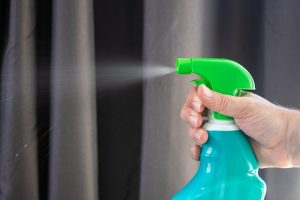Rug cleaning is essential for maintaining flooring health, aesthetics, and air quality. Different methods cater to various rug materials and styles, from delicate wool to synthetic blends and intricate Oriental rugs. Professional cleaning involves inspection, pre-treatment, deep vacuuming, and tailored techniques like hot water extraction or dry cleaning. Regular home care, including gentle vacuuming, natural cleaning solutions, rotation, and prompt spill cleanup, extends rug life between professional cleanings. Advanced eco-friendly techniques, such as enzymatic cleaners and low-moisture systems, offer effective stain removal with minimal environmental impact.
Professional rug cleaning is an essential aspect of maintaining your home’s aesthetics and hygiene. Rugs, with their diverse materials and intricate designs, require specialized care. This comprehensive guide delves into the intricacies of rug cleaning, offering insights on various cleaning methods, common mistakes to avoid, and environmental considerations. From understanding basic cleaning principles to exploring advanced techniques, this article equips you to ensure your rugs remain in pristine condition, enhancing both their lifespan and visual appeal.
Understanding Rug Cleaning: The Basics and Importance
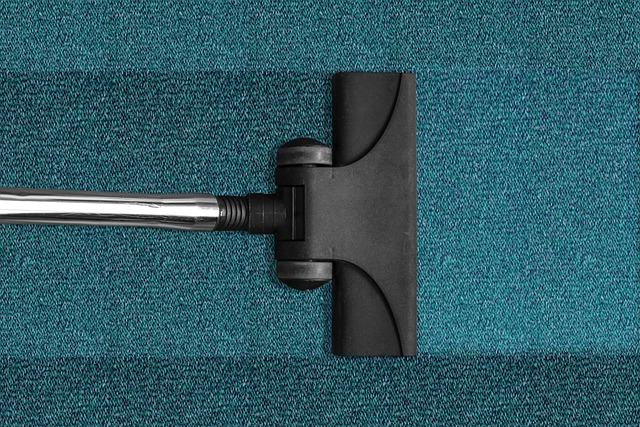
Rug cleaning is an essential practice for maintaining the health and aesthetic appeal of your flooring. It involves the removal of dirt, dust, allergens, and other debris that accumulate over time. Regular cleaning not only extends the life of your rug but also contributes to a cleaner and more comfortable living environment. Understanding the basics of rug cleaning is crucial; different rug materials require specific care to avoid damage or color fading.
The importance of professional rug cleaning goes beyond surface-level cleanliness. Profoundly, it helps eliminate bacteria, mites, and other microscopic invaders that can trigger allergies or respiratory issues. Professional cleaners employ advanced techniques and eco-friendly solutions tailored to various rug types, ensuring a deep clean that standard vacuuming may miss. This process preserves the rug’s quality, maintains its vibrant colors, and safeguards your family’s health.
Types of Rugs and Their Unique Cleaning Requirements
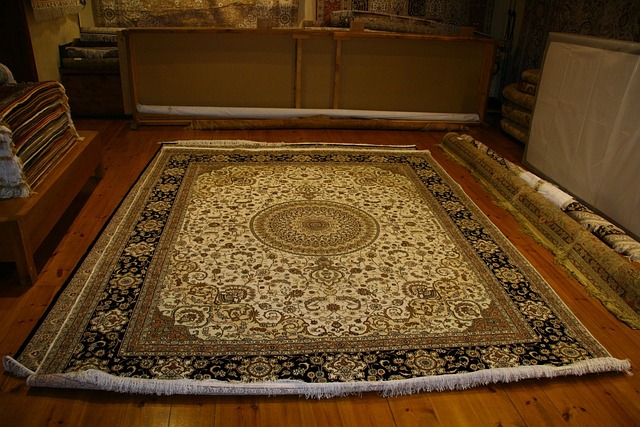
Rug cleaning can vary greatly depending on the type of rug you own. Different materials, such as silk, wool, and synthetic blends, require specific care to ensure their longevity. For instance, wool rugs need gentle cleaning methods due to their delicate nature, whereas synthetic rugs may be more robust and suitable for deep cleaning techniques. Understanding these nuances is key when it comes to effective rug cleaning.
Each rug style also presents unique challenges. Orientals and Persian rugs, known for their intricate patterns, often require hand washing or specialized dry cleaning to preserve the design integrity. Conversely, area rugs can be treated more aggressively, with regular vacuuming and spot cleaning, while high-traffic commercial rugs may necessitate frequent professional cleaning to manage wear and tear.
The Rug Cleaning Process: Step-by-Step Guide
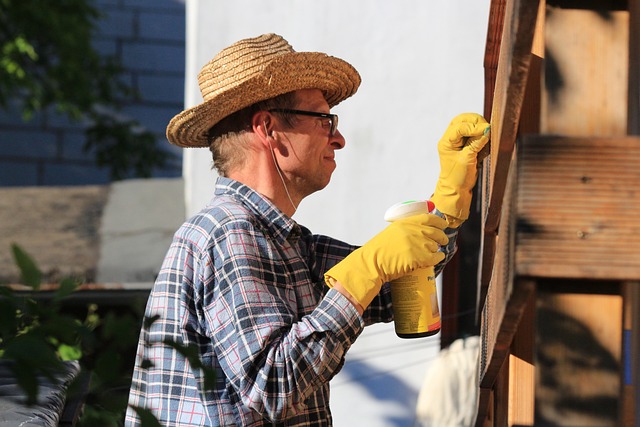
Rug cleaning is a meticulous process that requires expertise and specialized equipment. It typically involves several steps to ensure deep cleaning and optimal results. Here’s a breakdown of the standard rug cleaning procedure:
1. Inspection: The first step begins with a thorough inspection of the rug to identify any stains, fiber types, and overall condition. This helps in selecting the most suitable cleaning methods.
2. Pre-treatment: Depending on the type of stain or soil, pre-treatment is applied using safe, specialized solutions. This can involve spot-treating specific areas with powerful enzymes or gentle detergents to loosen and break down dirt.
3. Vacuuming: A deep vacuuming process is performed to remove loose dirt, dust, and debris from the rug’s fibers. This step is crucial in preparing the fabric for further treatment.
4. Cleaning Method: Professional rug cleaners use advanced techniques like hot water extraction or dry cleaning, depending on the rug’s material. Hot water extraction involves powerful machines that inject heated water into the rug, lifting dirt and grime from deep within the fibers. Dry cleaning, on the other hand, uses safer, gentle solvents and specialized equipment for delicate fabrics.
5. Rinsing: After the cleaning solution is applied and removed, the rug is thoroughly rinsed to ensure no residue remains. This step is essential in preventing fiber damage or discoloration.
6. Drying: Finally, the cleaned rug is gently dried using fans or specialized drying equipment. Proper drying prevents mold growth and ensures the rug’s longevity.
Choosing the Right Rug Cleaning Method for Your Home
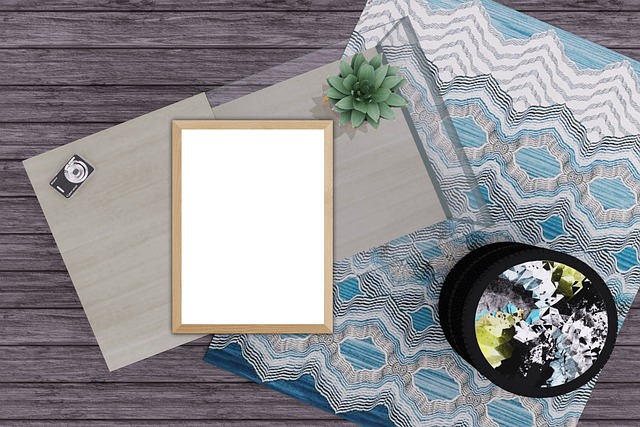
Choosing the right rug cleaning method is essential for maintaining your home’s ambiance and the carpet’s longevity. Different rugs require specific care, from steam cleaning for deep-seated dirt to dry cleaning for delicate fibers. It’s crucial to consider factors like fabric type, traffic volume, and any special stains before selecting a method.
For instance, wool and silk rugs might need professional dry cleaning due to their sensitivity to water. Conversely, high-traffic areas may necessitate more frequent steam cleaning to prevent dirt buildup. Understanding these needs ensures effective rug cleaning, preserving your home’s aesthetics and the carpet’s quality over time.
Common Rug Cleaning Mistakes to Avoid
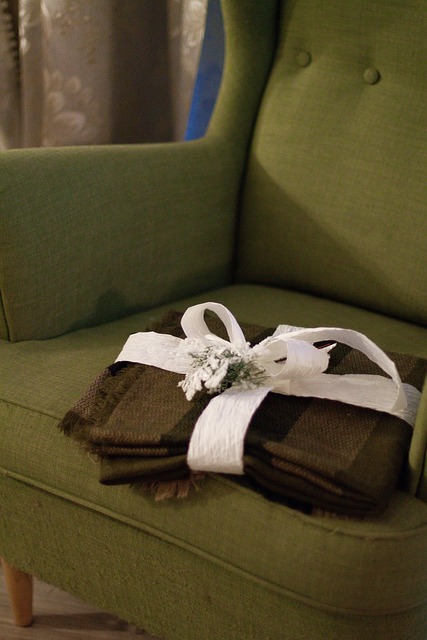
Many homeowners often take rug cleaning for granted, falling into common pitfalls that can damage their valuable floor coverings. One of the biggest mistakes is using incorrect cleaning methods; different rug materials require specialized care. For instance, using harsh chemicals on wool rugs can cause fading or even shrink them. It’s crucial to identify the fabric type and choose appropriate cleaning solutions.
Another frequent error is neglecting regular maintenance. Pilling and dirt buildup are natural over time, but excessive traffic areas may need more frequent deep cleaning. Vacuuming is essential, but it’s equally important to not over-vacuum, as this can lead to fiber damage. Proper rug cleaning involves a combination of gentle care, regular maintenance, and using the right products for optimal results without causing harm or depreciation.
Benefits of Regular Professional Rug Cleaning

Regular professional rug cleaning offers numerous benefits that extend far beyond aesthetics. It helps to maintain the fabric’s integrity by removing dirt, dust, and debris that can break down fibres over time. Professional cleaners use specialized equipment and detergents designed to tackle stubborn stains and odours, preserving your rug’s vibrant colours and soft texture.
Moreover, professional rug cleaning enhances air quality in your home or office. Rugs can trap allergens like dust mites, pet dander, and pollen, which can trigger allergies and respiratory issues. A thorough cleaning reduces these allergens, creating a healthier environment for folks with sensitivities. It also prevents the build-up of moisture, which can lead to mould and mildew growth, ensuring your space stays fresh and safe.
Top Tips for Maintaining Your Rug Between Cleanings
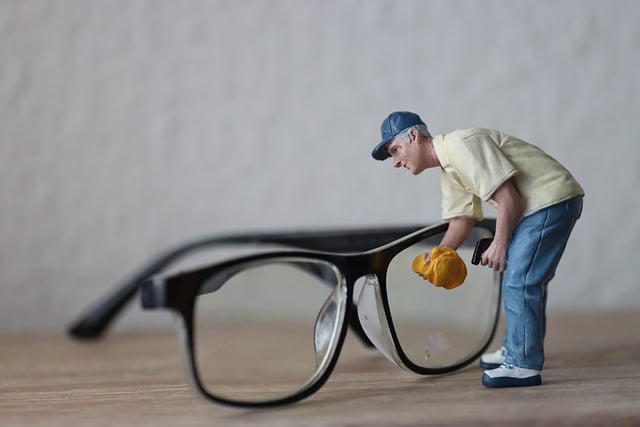
Between professional rug cleanings, there are several simple yet effective tips to help maintain your rug’s appearance and prolong its lifespan. Firstly, regular vacuuming is essential. Use a vacuum cleaner with a suitable setting for rugs to remove loose dirt, dust, and debris that can accumulate in the fibres. Avoid using harsh chemicals or excessive water as they may damage the fabric. Instead, opt for natural cleaning solutions like white vinegar or baking soda, which are safe and effective.
Additionally, rotate your rug regularly to ensure even wear. This simple practice helps to prevent traffic patterns from becoming permanent stains or marks on your rug. Keep your rug away from direct sunlight as UV rays can cause fading over time. Lastly, be mindful of spills; act quickly by blotting the area with a clean cloth rather than rubbing, which could spread the stain. Regularly cleaning and maintaining your rug between professional cleanings will keep it looking vibrant and extend its life.
Advanced Rug Cleaning Techniques for Staining and Odour Removal

In the realm of professional rug cleaning, advanced techniques have emerged as game-changers in tackling stubborn stains and odours. Beyond conventional methods, experts now employ innovative strategies to ensure thorough and effective cleansing. One such technique involves the use of specialized enzymes that break down organic compounds, making them ideal for treating pet accidents and food spills. These enzymatic cleaners penetrate deep into the fibres, eliminating odours at their source.
Additionally, modern rug cleaning incorporates advanced machinery and solutions. High-pressure washing systems, for instance, swiftly remove ground-in dirt and debris while minimizing moisture damage. Specific cleaning agents target different types of stains, from ink and wine to grease and blood. This tailored approach ensures that each fibre is cleansed, revitalizing the rug’s appearance and extending its lifespan.
The Environmental Impact of Professional Rug Cleaning Practices

Professional rug cleaning practices have evolved significantly, incorporating eco-friendly methods that minimize environmental impact. Traditional cleaning techniques often relied on harsh chemicals and excessive water usage, contributing to pollution and waste. However, modern professionals now employ advanced equipment and organic solutions that reduce these negative effects. By adopting sustainable practices, rug cleaners can preserve the quality of both the rugs and the planet.
One key aspect is the use of low-moisture or dry cleaning methods, which significantly cut down on water consumption. Additionally, eco-friendly detergents are used, free from toxic substances that could harm aquatic life and contaminate groundwater. These practices not only ensure a healthier environment but also extend the lifespan of rugs by preventing damage caused by excessive moisture and harsh chemicals.
